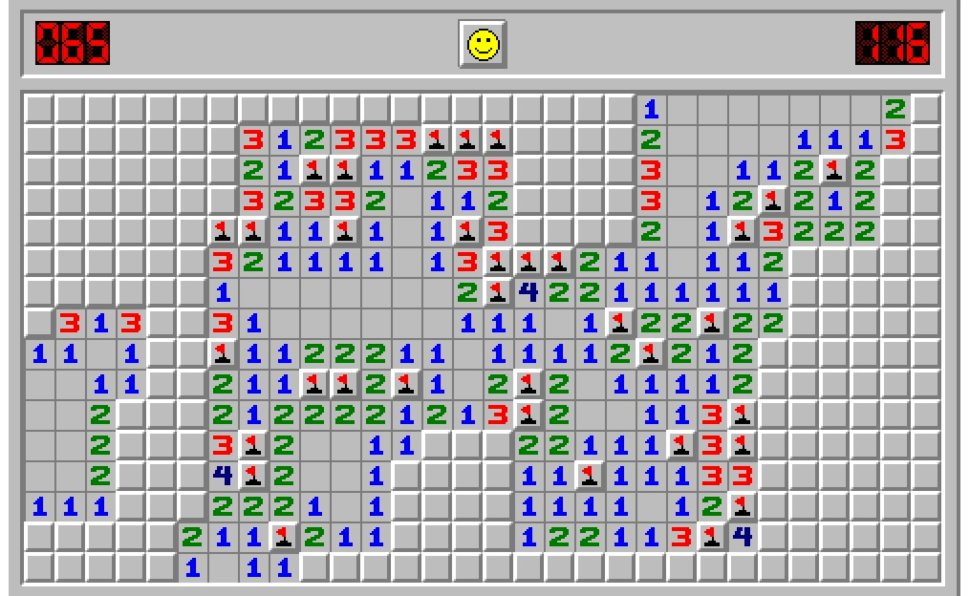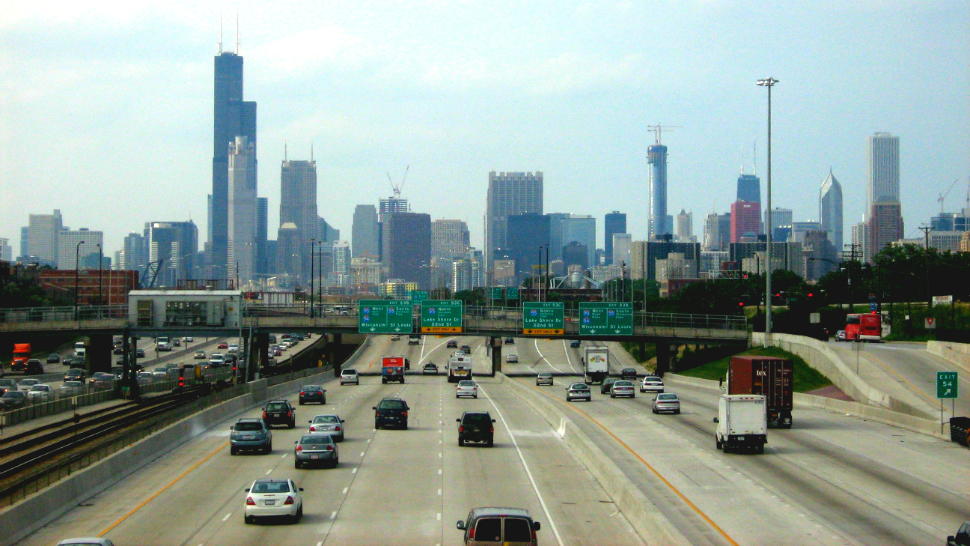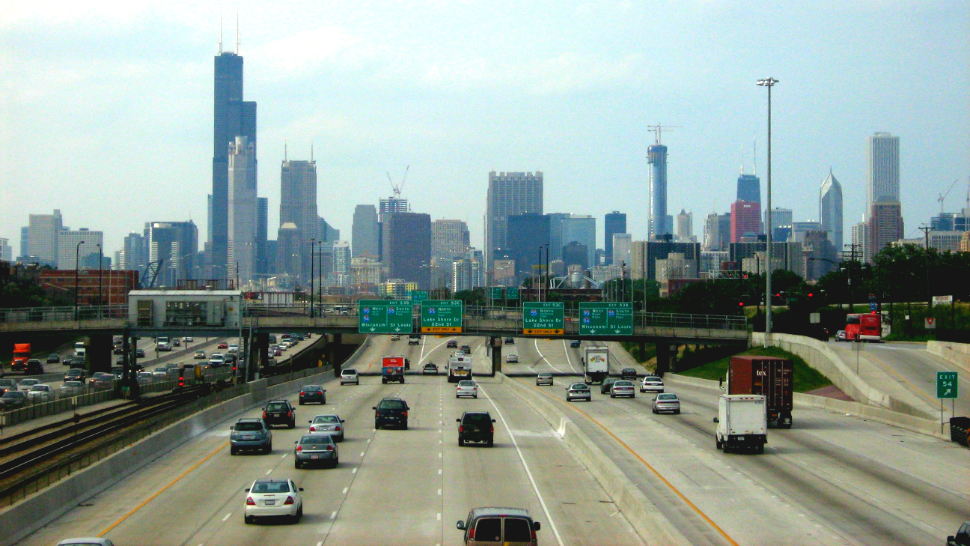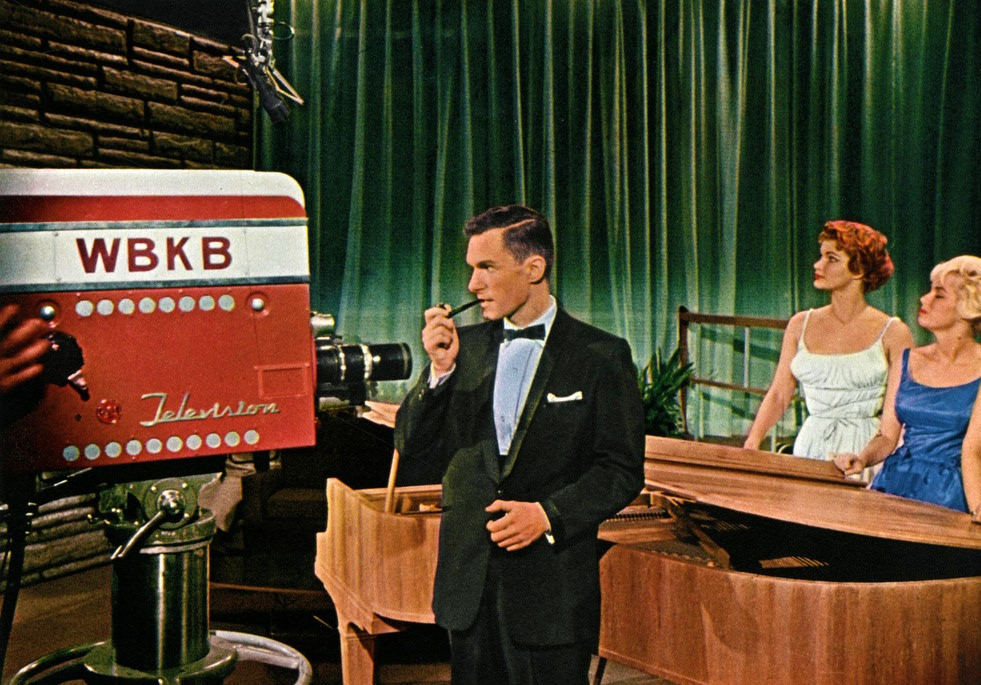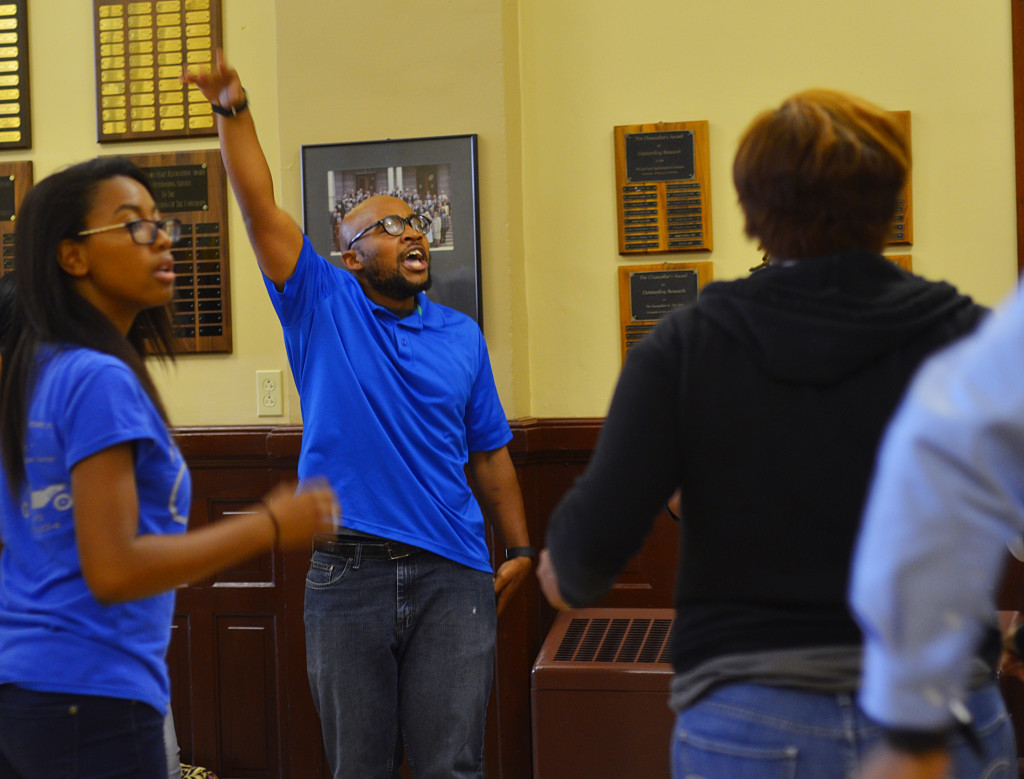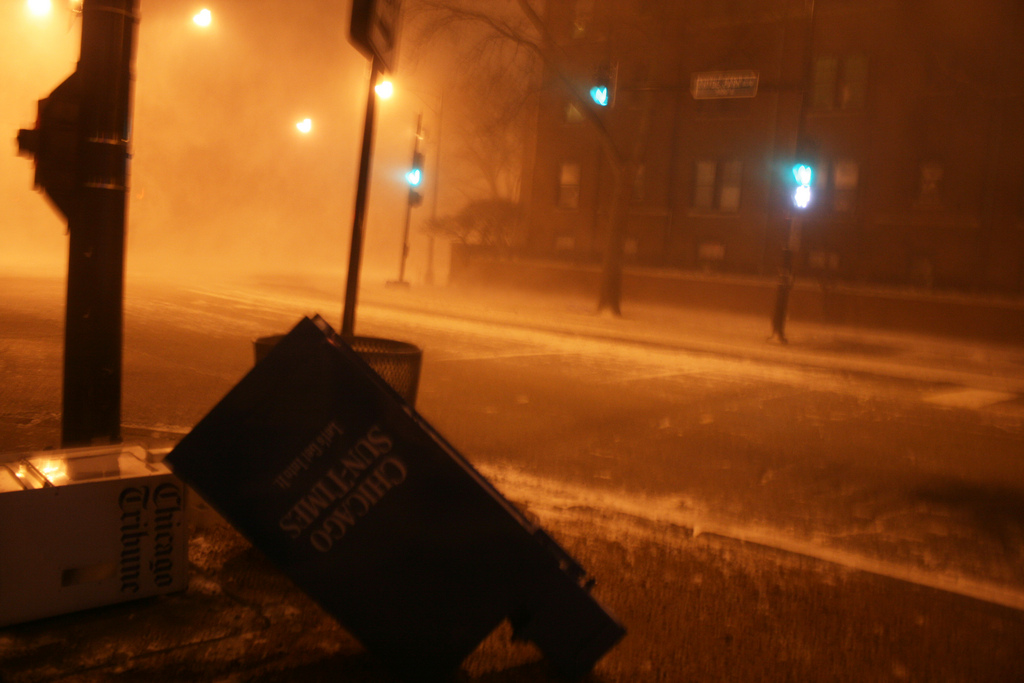In the wake of James Gunn’s dismissal as director of Guardians of the Galaxy 3 due to some offensive tweets in his past, director Rian Johnson and political commentator Glenn Greenwald both have deleted tens of thousands of their past tweets.
I’m not here to litigate Disney’s decision to fire a Gunn (sorry), deconstruct why he became a target of a right-wing troll or defend what he said (much of it is indefensible in any context).
But as HuffPost points out and Johnson/Greenwald’s actions demonstrate, Gunn won’t be the last well-known person targeted by people with suspect motives. Even those who aren’t bold-faced names could find themselves in a similar situation when they apply for a new job meet a new acquaintance or simply change their point of view. And it should go without saying, but this type of targeting has been happening to women and people of color for years.
With all this in mind, I’ve been looking for an opportunity to explain why I decided last year to I delete everything I tweeted from 2007 through 2013.
Here’s why:
What’s a tweet?
What’s Twitter for? Does that answer change as it scales? Is it for broadcast or narrowcast? Video or text? Everything and nothing?
The company itself has long struggled to answer these question and create a business model to match. The answer today will be different in six months as new features fundamentally change it. There is no agreed-upon use, style guide or set of standards for Twitter. Some people or organizations apply journalistic ethics to their work there. Others use it for comedy or as a press release distributor.There are governments and the governed. Then there are micro-communities like Weird Twitter or Black Twitter. Some people speak to thousands or millions of people they’ve never met with each tweet. Some speak to tens or a hundred people they’ve known for years.
The line between public figures and private individuals was blurred a long time ago (thanks, Mark!) but we’re all using the same tools. How can we develop a set of rules or guidelines for their use when the experience is always in flux with a user base of broadly differing knowledge and experiences and make it open to new users, too?
Because of all this, Twitter of 2007, 2008 or even 2010 or 2012 is fundamentally different from the Twitter of 2018, specifically in the way media organizations mine it for #content.
We’re all in this together, unfortunately
Feeding this frenzy is what some commentators have called “context collapse” – the removal of a tweet, comment or post from its surrounding discussion, leaving it open to a different interpretation – and what is derisively referred to as the content industrial complex.
In 2014, The New Yorker compared this – while discussing the emerging problem of context collapse in relation to a tweet from The Colbert Report – to “delivering a punch line without its setup.”
The problem with calling this “context collapse” in this …er, context is the term already has a specific meaning when it comes to digital communities. Nicholas Carr defined “context collapse” as “a sociological term of art that describes the way social media tend to erase the boundaries that once defined people’s social lives.”
Whatever definition you apply to context collapse is part of the problem here whether we’re discussing presidents or private citizens. There’s no clear agreement on the rules of engagement though Robinson Meyer of The Atlantic uses the term “conversation smoosh” to describe the Colbertian type of context collapse and that’s about as good as anything.
Then there’s the problem of how tweets and the collapse of media business models have created a lower standard for newsworthiness. Shrinking newsrooms and “doing more with less” have meant that tweets are now the coal shoveled into the boilers of content management systems.
Congratulations, you’re the news
It was a safe bet that a 2010 tweet of yours would not be picked up by, say, Buzzfeed or a Gawker site then copy/pasted by countless other digital publishers and later broadcast on your local 10pm news show. The watershed moment for “someone said a thing!” mass media content was probably Valleywag tying Justine Sacco to a digital whipping post at the end of 2013.
Similar to the race to the bottom that occurred when local news sites found gold in mining Anna Nicole Smith’s death for #content, the Sacco incident proved you could easily create a piece of “Twitter reacts!” #content from a set of related posts on a topic and get people to read it even if you hadn’t added anything new. “It exists and now you have an emotion” is reason enough. “Julia Roberts joins Instagram” might be the worst, most recent example of this.
Like most technological advancements, the discussion of an ethical, professional or legislative approach lags far behind. We should probably call this The Jeff Goldblum Rule.
Should a person’s professional or professional background act as a guide for how we use their content in mass media? I dunno, it’s complicated. I’ll use myself as an example.
I worked in news/journalism/blogging/commentary in a professional capacity from 2004 to 2016. I’m not a journalist now, but I’m the editorial director of a small media company, but one that’s owned and operated by a marketing agency and counts a museum as a partner. I’m also a board member at a non-profit organization with a 70-year-plus history in my community, a board member of a four-year-old activist group in that same community and a host of a storytelling series co-produced by an arts organization.
Does that make me a journalist, a marketer, a community leader or an activist? Yes?
Even though it’s not currently my job/career right now, I’ve tried to use the standards of journalism and informed commentary to guide the things I say on Twitter and this blog even when they’re grounded in my work as a community member or activist. The fact that 11,000+ people follow me on Twitter means I have a greater responsibility for accuracy and truth than someone with 100.
Have I been consistent in this? No, because sometimes it would make me less effective in whatever role I am in at the time. And, quite frankly, sometimes I’ve fired off a tweet that I should have thought the better of at the time.
I think about this stuff quite a bit and try to understand the implications around it all. Still, I was surprised when one of my tweets was published as a roundup of Twitter conversation about ABC7’s 2013 New Year’s Eve coverage by the city’s most prominent media critic. I shouldn’t have been surprised, but I was. I realized I couldn’t publish anything on Twitter that I wouldn’t say in a roomful of people or to the face of the person mentioned in that tweet. Again, I’ve failed to meet this standard from time to time.
Is this approach right? Wrong? I don’t know, honestly.
So it’s why I deleted seven years of tweets.
Why I deleted my tweets
From Twitter’s founding in 2006 to roughly 2012, tweets spoke to a relatively small number of people, many of whom were tech or media types. From 2012 to 2014, things changed dramatically. Meyer’s Atlantic article is a great exploration of this. Media changed. Conversation smoosh happened. Everyone became a “personal brand.”
I started tweeting in 2007. I was in my early 30s. I wasn’t a kid. But last year, I began a fool’s errand of trying to manually delete tweets I felt were dumb, overly reliant on swear words or otherwise inconsistent with my current worldview. After a couple days, I gave up. It was like trying to separate dirt from pepper. So I paid $12 to use TweetDeleter to get rid of everything I tweeted from 2007 through 2013 feeling confident that by 2014 I’d understood that anything I tweeted might end up in a news story with wide reach. (It happens.) I’ve also occasionally deleted recent replies to people which, devoid of context, might be read in opposition to their actual meaning.
I’m not saying everyone should do the same. I will say in the several months since I deleted all those tweets, I haven’t missed any of them or felt as if I could still have access to that work. So if you’re worried about that, don’t be. (I feel much differently about the loss of stuff I’ve written at previous employers thanks to website redesigns. Save your work locally, kids!)
How we move forward
Some have bathed in the delicious irony that Greenwald has apparently called people who delete tweets “cowards.” I understand that impulse, but expecting everyone to think of their tweets as the Library of Congress Archives misses where we are right now and where we’ve been.
We shouldn’t immediately think that someone who deletes their tweets has something to hide. We should consider that maybe they’re trying to become a better person and remove any harm they’ve committed. We should also consider that structures of misogyny and whiteness mean that women, people of color and others in oppressed populations are more likely to be ostracized for their expressions of thought because they challenge those structures. Deletion may be a means of safety and protection.
Moreover, we have to talk about moving conversation in the social space from “calling out” to “calling in.” We have to allow for people to experience emotional and intellectual growth and not judge them solely on their worst tweet. Confrontation, yes, but without a subsequent requirement for erasure.
With respect to my fellow white men, we also need to be ready to speak up and defend women and people of color who articulate something outside of what we perceive to be “the norm” and make space for conversations that don’t involve us, aren’t meant for us and don’t need our approval or contributions.
We’re getting there. Societal conversation has become much more intersectional than it’s ever been. There’s a deeper understanding of how racist and sexist institutions have driven our understanding of the world. Eyes have been opened. Hearts and minds have been changed. We have to assume a person in 2007 was fundamentally different than who they are in 2018. I know I am.
Personally, I’ve lost my appetite for Twitter fights. Not every @ is delivered in good faith. I’ve tried to spend less time being concerned that “someone is wrong on the Internet.” (My wife is thrilled.)
None of this should be read as a defense of truly bad behavior, actions or statements or arguing Twitter become a free-for-all. But we have to be able to reckon with the difference between, say, James Gunn saying stupid, deliberately provocative things about groups of people back in 2010 and Roseanne or Alex Jones singling out a specific person.
In the meantime, with context collapse and conversation smoosh still very much guiding how we view people and conversations, the “delete tweet” button is there for a reason.
UPDATE – NOVEMBER 2018: Since I first published this four months ago, I’ve deleted everything I’ve tweeted since October of 2018. It was something I’d meant to do for a while, but never got around to. I even tried to delete my likes using the same Tweetdeleter service. For some reason, it didn’t work. Then I tried to run a script I found online, but this had some unintended consequences.
Worried about @ourmaninchicago. He’s on a “mass like” on all my old tweets. Is this a midlife crisis?
— Erik Niewiarowski (@erikedmunds) November 17, 2018
Ugggggh. And then I was getting tweets and DMs from people wondering what was up. I stopped running the script because blowing up people’s phones wasn’t worth it. Apparently the only way to unlike old tweets is to do it manually. I have…12,000 or so. So that’ll be fun.
This feels like another example of how tech platforms don’t allow you to truly own your data, but someone else can write about that.
